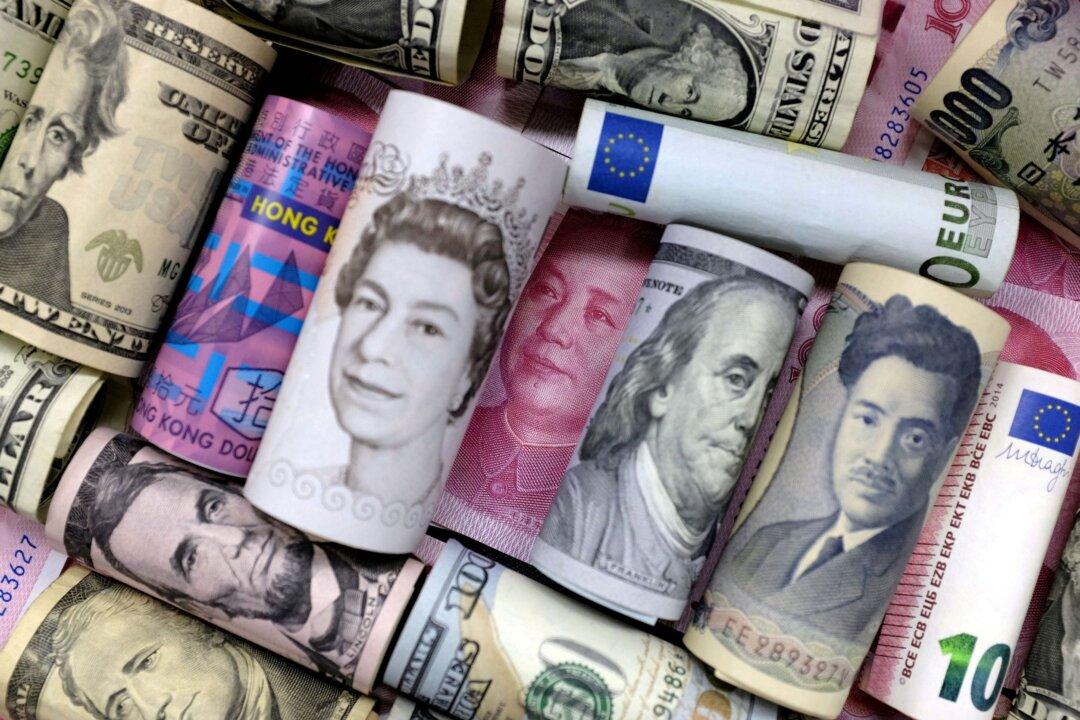LONDON/SINGAPORE—The dollar edged higher on Friday after dropping the previous day despite U.S. inflation accelerating, helping it hit a 32-year peak against Japan’s yen.
Sterling slipped after a sharp rally on Thursday, as reports said British Prime Minister Liz Truss was preparing to sack her finance minister and carry out a major U-turn on the government’s tax plans.





